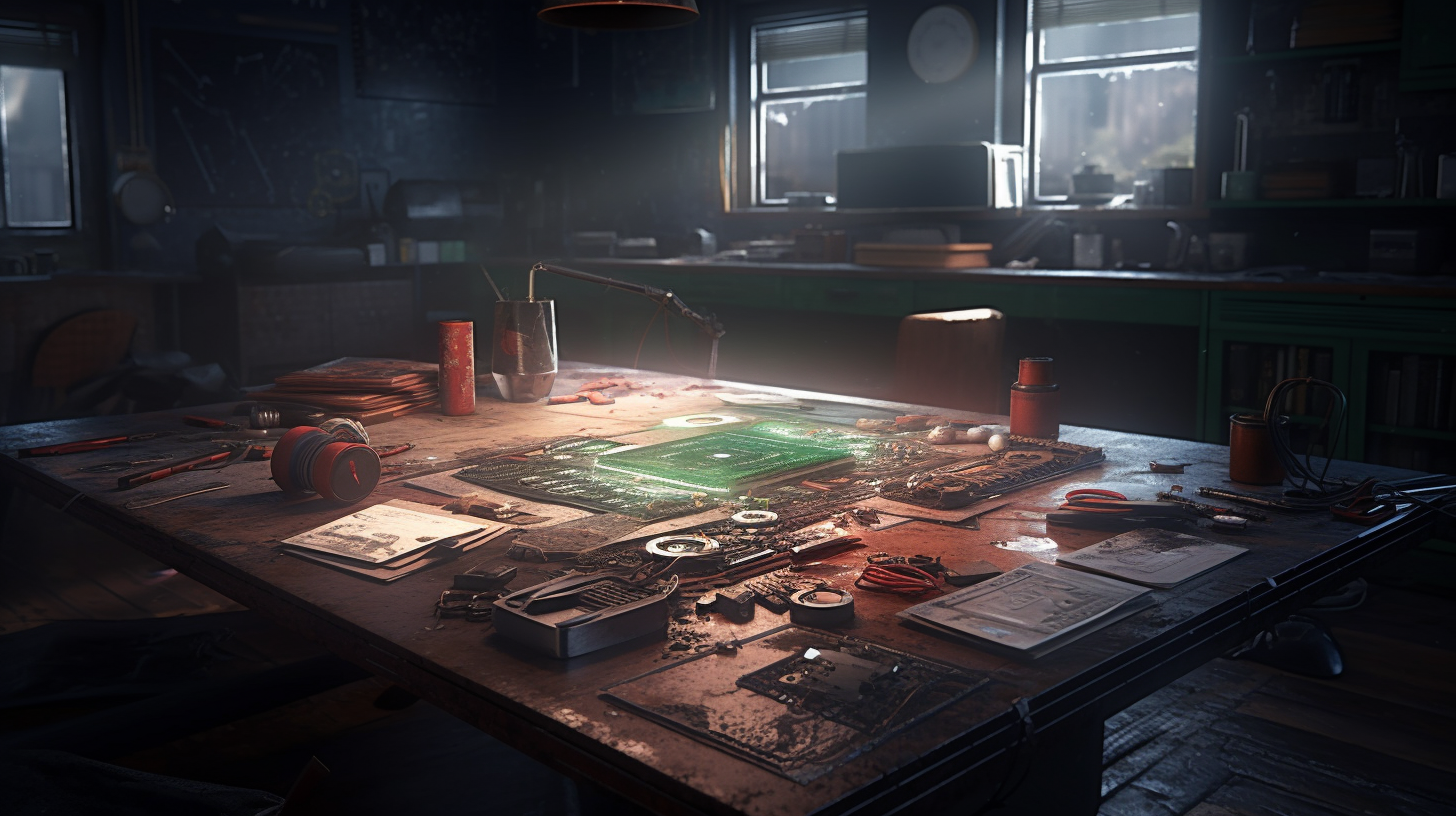Unlocking the Heart of Your System: A Fearless Journey into Installing and Configuring Motherboards, CPUs, and Add-On Cards

Ever waltzed into the innards of your computer and found yourself standing before the motherboard, the Central Processing Unit (CPU) and add-on cards with a screwdriver in hand, sweat trickling down your face, and thinking, "Crikey! How do I assemble these cogs and gears, eh?" Well, my friend, let me assure you that I've trodden that path firsthand. And believe me when I say, it presented quite the sight, far from pretty.
But let me tell you, there's no need for fear. I'm here to hold your hand (not literally, of course) through this crucial undertaking. After all, as they say in the Silicon Valley, 'He who masters the motherboard, masters the universe.' I just whipped that up on the spot. But it does deliver a nice cadence, wouldn't you agree?
Finding the Mother(board) of All Solutions
Let's kick off with the motherboard, widely recognized as the Big Kahuna of all components. Now, installing and configuring a motherboard isn't as daunting as battling an army of extraterrestrial zombies, but it does require a sagacious understanding that can only be gained through practice and experience. Its central role in the functioning of your computer calls for the utmost attention to detail and the dexterity of a brain surgeon. Alright, perhaps I'm being a tad dramatic, but the motherboard is certainly a crucial component to contend with.
To start with, you need to ensure that you're grounding yourself to prevent any static electricity discharge that could fry your precious components faster than an egg on a sizzling summer sidewalk. Afterwards, getting the fiddly screws in just the right places and connecting all the wires snugly will feel like a breeze. And voila, you've got your motherboard installed, safe and secure!
Cracking the Code: The Central Processing Unit (CPU)
Moving on, let's get cracking with the brain of the operation, the Central Processing Unit (CPU). The CPU is where all the magic happens. It processes the commands and codes that make your computer tick. Installing a CPU is much like solving a cryptic crossword. It involves positioning the processor just right and applying thermal paste with the precision of a master chef icing a cake. Once done, your computer's brain is ready to whizz and whirr, tackling all your heavy-duty gaming and multitasking needs.
An Unexpected Addition: The Add-On Cards
Now that we've handled the main characters, let's delve into the world of the supporting stars, the add-on cards. These trusty pals add more punch and capabilities to your system. Sound cards, video cards, network cards - they're all part and parcel of this diverse ensemble. The process of installing these cards is quite straightforward. All it takes is a wink, a nod, and, alright, a bit of careful slotting into the motherboard. Once they're securely fitted, your computer will be singing a happy, harmonious tune.
A Funny Thing Happened on the Way to the Processor
Now, for a brief comic interlude. Imagine walking around in a room blindfolded trying to pin the tail on a donkey that's not even there. This is essentially what happens when you install a CPU without applying thermal paste: the CPU would be heated up like a hot potato, and the fan would desperately blow cold air right at it, achieving about the same success as trying to cook pasta without water. It ain't gonna work, buddy! So, pat on some thermal paste and save yourself the blushes. It tickles your funny bone just thinking about it, doesn't it? Yet, the number of times I've observed this exceeds the count on both my hands. Or toes!
Well, there you go, fellow tech enthusiasts. This gallops through the narrative of installing motherboards, CPUs, and add-on cards - the foundational concepts you'll need to ace the CompTIA A+ Core 1 (220-1101) exam and save the day when your computer goes kaput. Remember, the beauty of a system, much like a symphony orchestra, comes from its components working in perfect sync. While it might appear as a Herculean task, a touch of practice, a hint of technical prowess, and a good measure of courage will have you mastering the intricacies of your system's inner mechanics. After all, as with any journey, it all starts with a single step - or in this scenario, a screwdriver!